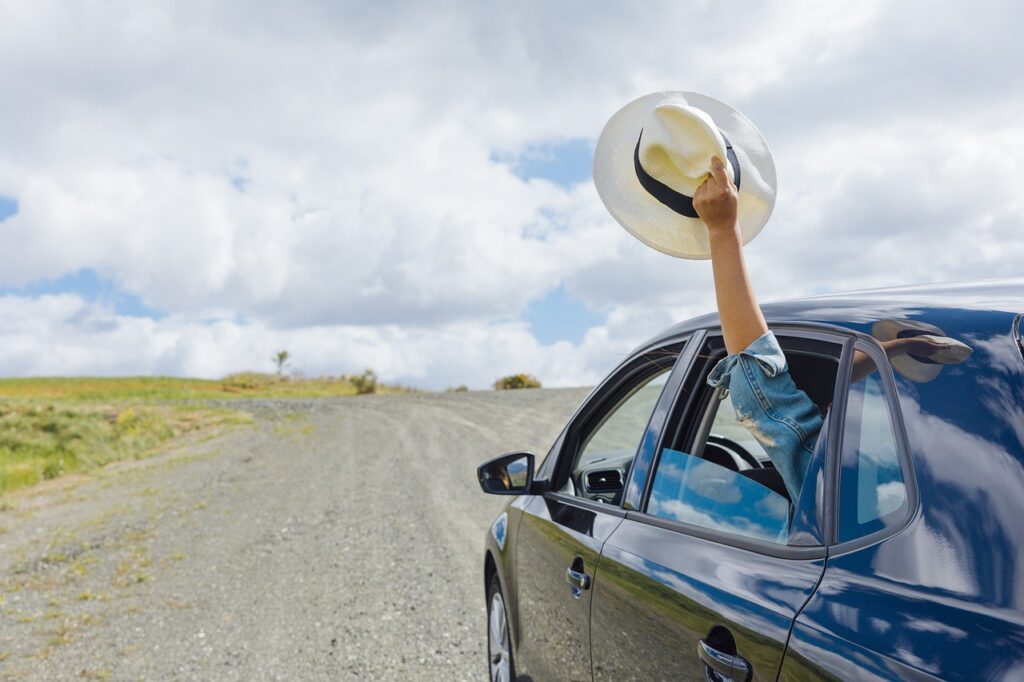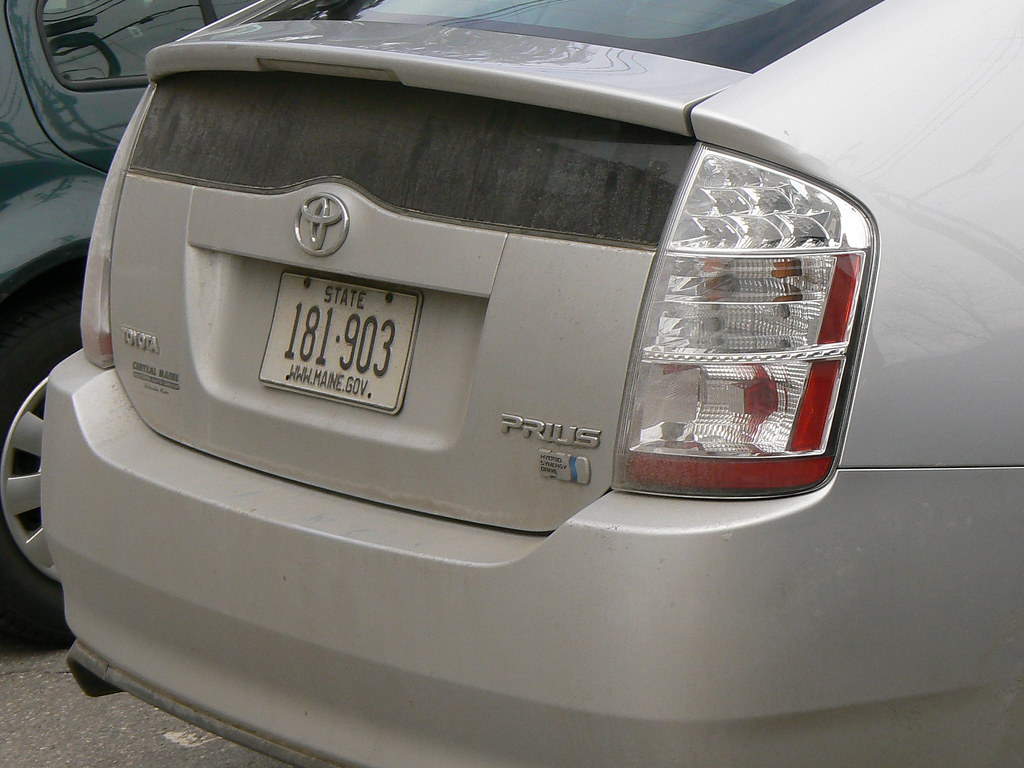There is a fine line between making an impact and creating fear when it comes to street safety. Traditional street safety campaigns have often relied on shocking images and terrifying scenarios to startle viewers into compliance. However, imagine a different approach: one that appeals to young drivers and encourages them to adopt safer driving habits without causing nightmares. Welcome to the world of positive street safety messaging, where Australia’s government is making significant strides and saving lives.
Another Methodology: Positive Informing in Street Security
Dr. Yaniv Hanoch, an academic administrator of risk management at the University of Southampton, has shed light on a fascinating study that could fundamentally change how we approach street safety advertising. The study’s findings are clear: young drivers respond better to films that showcase responsible behavior rather than those that use scare tactics. This revelation is particularly important given that drivers under the age of 25 are involved in nearly 50% of road deaths worldwide. With almost 1,000,000 people killed on the roads each year, the stakes couldn’t be higher.
The Review: Dread versus Obligation
The study, which involved 146 young drivers, compared their attitudes towards risky driving after watching two different types of videos. One group was shown a six-minute video filled with fear, depicting the aftermath of a crash caused by a distracted driver. The other group watched a video that portrayed a careful driver who successfully navigates distractions and reaches the destination safely. The results? The positive film not only reduced dangerous driving in a 2D setting but also had a significantly more pronounced effect when viewed in virtual reality (VR).
The Force of Positive Good examples
Dr. Clara Cutello from the College of Antwerp explains the discoveries, stressing the significance of positive good examples and proactive ways of behaving to diminish dangerous driving among adolescents. The review proposes that encountering these ways of behaving in a practical setting, like VR, can essentially impact drivers to be more mindful out and about. A historic methodology challenges the conventional trepidation based strategies that have overwhelmed street security lobbyists for quite some time.

A Think Back: Customary Street Wellbeing Efforts
Speaking of traditional methods, let’s take a trip down memory lane and revisit some of the most iconic street safety campaigns from Australia and beyond. The Victorian Transport Accident Commission (TAC) has been a pioneer in this field, with nearly two decades of hard-hitting ads that have left a lasting impression on viewers. Their collection of ads, which has garnered over 14 million views online, is a testament to their powerful messaging.
However, it’s not just about self-promotion. The Scottish Government and Road Safety Scotland demonstrated that innovation could be equally effective with their film ad that engaged the audience, driving home the dangers of driver distraction. Meanwhile, Sussex Safer Roads’ ‘Embrace Life’ ad showed that simplicity could resonate deeply, using just a living room setting to convey the importance of seatbelt use.
Humor and Contention: The Pinkie Lobby
In 2010, the New South Wales Roads and Traffic Authority (RTA) took a different approach with their ‘pinkie campaign,’ which cleverly targeted young drivers and their egos. The campaign sparked conversation and even found its way into a legal defense in Sydney. That same year, Victoria’s VicRoads mixed street safety with comedy in a campaign that was so controversial it was pulled shortly after.
A Shift to Legitimacy: Present day Street Wellbeing Efforts
Quick forward to the present, and we see a shift towards more reality based, credible missions. The Street Wellbeing Commission, in a joint effort with The Brand Organization, has designated Western Australian street clients with a mission that prompts them to think about the security of their regular processes. The mission avoids sensational accident scenes and, on second thought, centers around interesting, regular situations that could prompt groundbreaking mishaps.
Hannah Muirhead and Dignitary Chase from The Brand Office give bits of knowledge into the mission’s creation. They feature the significance of putting together the mission with respect to information and staying away from innovative guess. By highlighting ordinary situations that reflect crash information, the mission expects to make viewers see themselves in the advertisements and consider their ways of behaving prior to leaving on their day to day journeys.

The Force of Feelings
The ‘feelings’ highlighted in the promotions are an unmistakable sign of the possible results of each excursion. These close-to-home minutes depend on the genuine encounters of families impacted by crashes in Western Australia. It’s mission will probably get regular street clients, who might be emotionless about street security, to contemplate making their excursions more secure for them and the people around them.
The Fate of Street Wellbeing Efforts
The viability of street security crusades has forever been a subject of discussion, yet what’s reasonable is that the methodology is developing. From the spectacular display of realistic advertisements to the unobtrusive yet strong messages of encouraging feedback, the scene of street wellbeing promotion is evolving. Furthermore, it appears that the Australian government is driving the accusation of missions that catch consideration as well as cultivating a culture of security and obligation among youthful drivers.
As we dig further into the universe of street security crusades, perceiving the effect of these messages on the target group is fundamental. The Australian government’s shift towards positive information is an intense move that could prepare for another period of publicizing street wellbeing. A period where dread is supplanted by motivation, and where the message of security isn’t recently heard but is embraced by drivers, everything being equal.
Street safety campaigns have evolved from shocking to encouraging feedback, which is a much-needed shift that promises to truly change the way we drive. Leading initiatives in this area are being undertaken by the Australian government, which is both saving lives and paving the way for more years of improved street safety. There comes a moment when every driver is inspired to make safer choices on the road, where education and motivation replace fear and shock. Street safety is at an exciting juncture, and we can all look forward to a time when the journey is almost as important as the destination.
Related posts:
Australia’s obsession with scary road safety ads is making our roads MORE dangerous
A campaign of shock, fear and laughter: the best road safety ads




